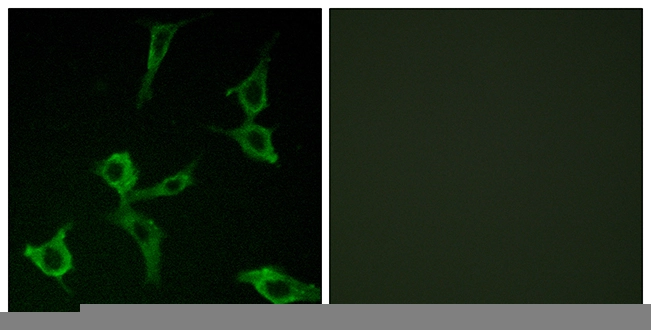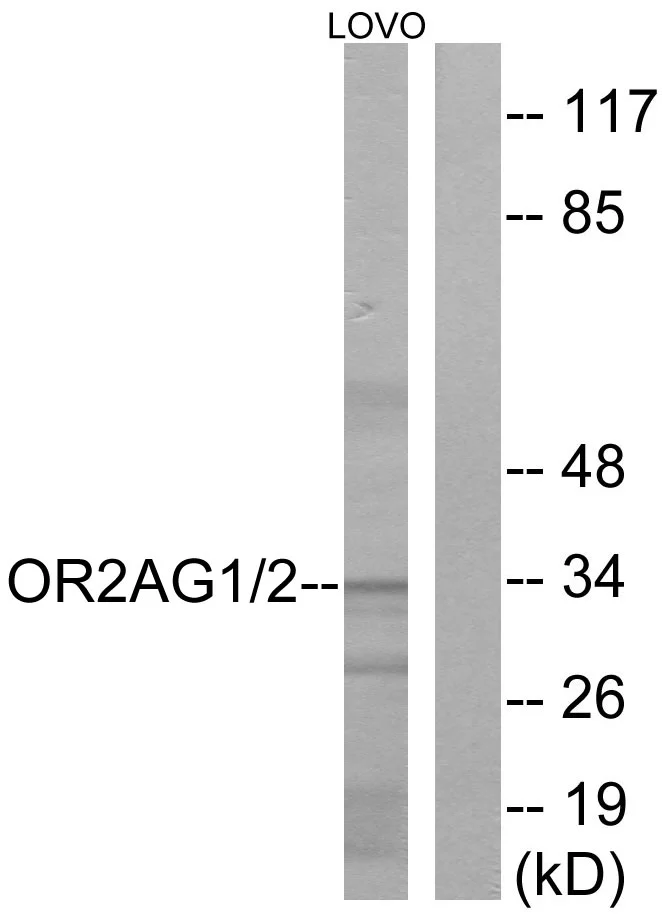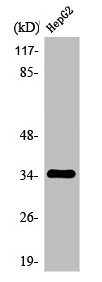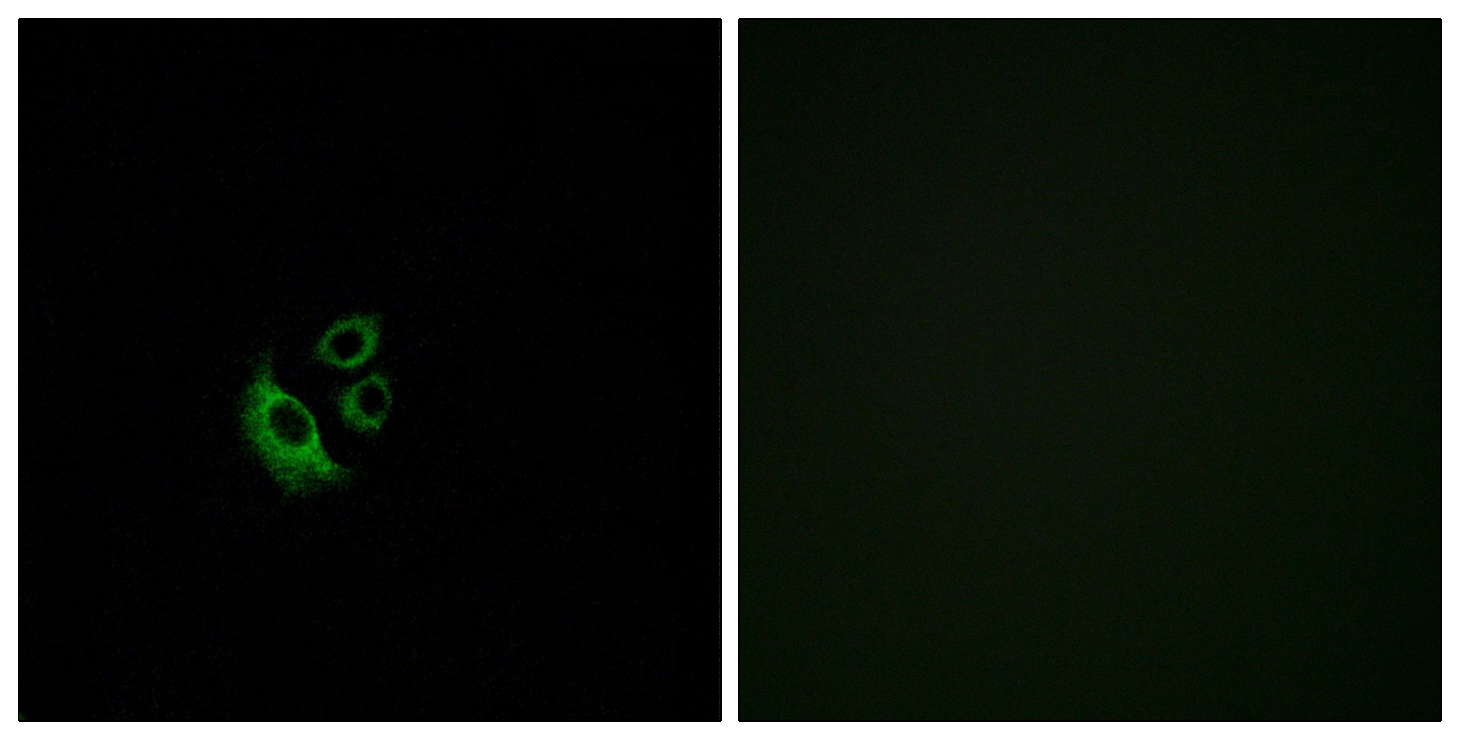
ICC/IF analysis of LOVO cells using GTX87994 OR2AG1 + OR2AG2 antibody. The picture on the right is blocked with the synthesized peptide.
OR2AG1 + OR2AG2 antibody
GTX87994
ApplicationsImmunoFluorescence, Western Blot, ImmunoCytoChemistry
Product group Antibodies
TargetOR2AG1
Overview
- SupplierGeneTex
- Product NameOR2AG1 + OR2AG2 antibody
- Delivery Days Customer9
- Application Supplier NoteWB: 1:500~1:1000. ICC/IF: 1:100~1:500. *Optimal dilutions/concentrations should be determined by the researcher.Not tested in other applications.
- ApplicationsImmunoFluorescence, Western Blot, ImmunoCytoChemistry
- CertificationResearch Use Only
- ClonalityPolyclonal
- ConjugateUnconjugated
- Gene ID144125
- Target nameOR2AG1
- Target descriptionolfactory receptor family 2 subfamily AG member 1
- Target synonymshT3 olfactory receptor; olfactory receptor 2AG1; olfactory receptor 2AG3; olfactory receptor OR11-79; olfactory receptor, family 2, subfamily AG, member 3; OR11-79; OR2AG3
- HostRabbit
- IsotypeIgG
- Protein IDQ9H205
- Protein NameOlfactory receptor 2AG1
- Scientific DescriptionOlfactory receptors interact with odorant molecules in the nose, to initiate a neuronal response that triggers the perception of a smell. The olfactory receptor proteins are members of a large family of G-protein-coupled receptors (GPCR) arising from single coding-exon genes. Olfactory receptors share a 7-transmembrane domain structure with many neurotransmitter and hormone receptors and are responsible for the recognition and G protein-mediated transduction of odorant signals. The olfactory receptor gene family is the largest in the genome. The nomenclature assigned to the olfactory receptor genes and proteins for this organism is independent of other organisms. This olfactory receptor gene is a segregating pseudogene, where some individuals have an allele that encodes a functional olfactory receptor, while other individuals have an allele encoding a protein that is predicted to be non-functional. [provided by RefSeq, Jul 2015]
- Storage Instruction-20°C or -80°C,2°C to 8°C
- UNSPSC12352203





